

Japanese Style Painting
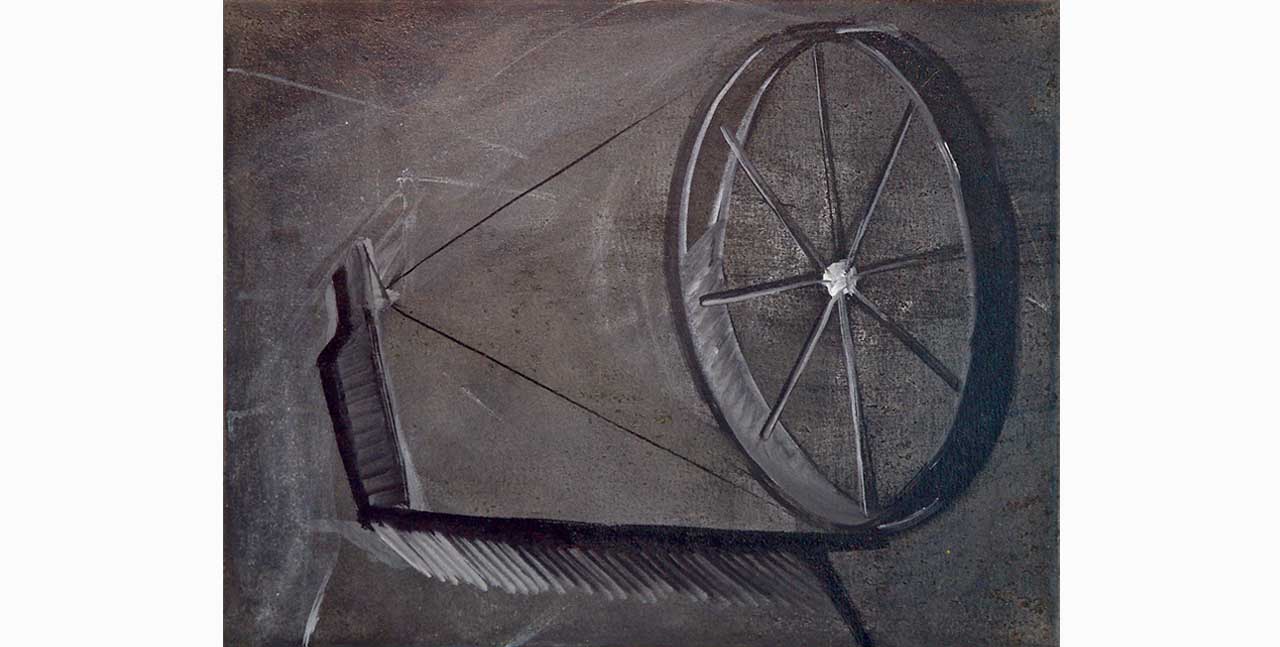
This motif is a spool of thread that has been, for a long time and in many cultures, a symbol of a feminine tool and labor at home. This item has been used for representing yamamba (the mountain crone) in Japanese folklore and Noh play. The demon yamamba has variously been viewed as a symbol of motherhood, as a feminist figure, as an incarnation of nature and the cosmos, and as an embodiment of wisdom and human enlightenment. I depict its mutating spin as a wise female labor on recycled canvas with natural herbs.
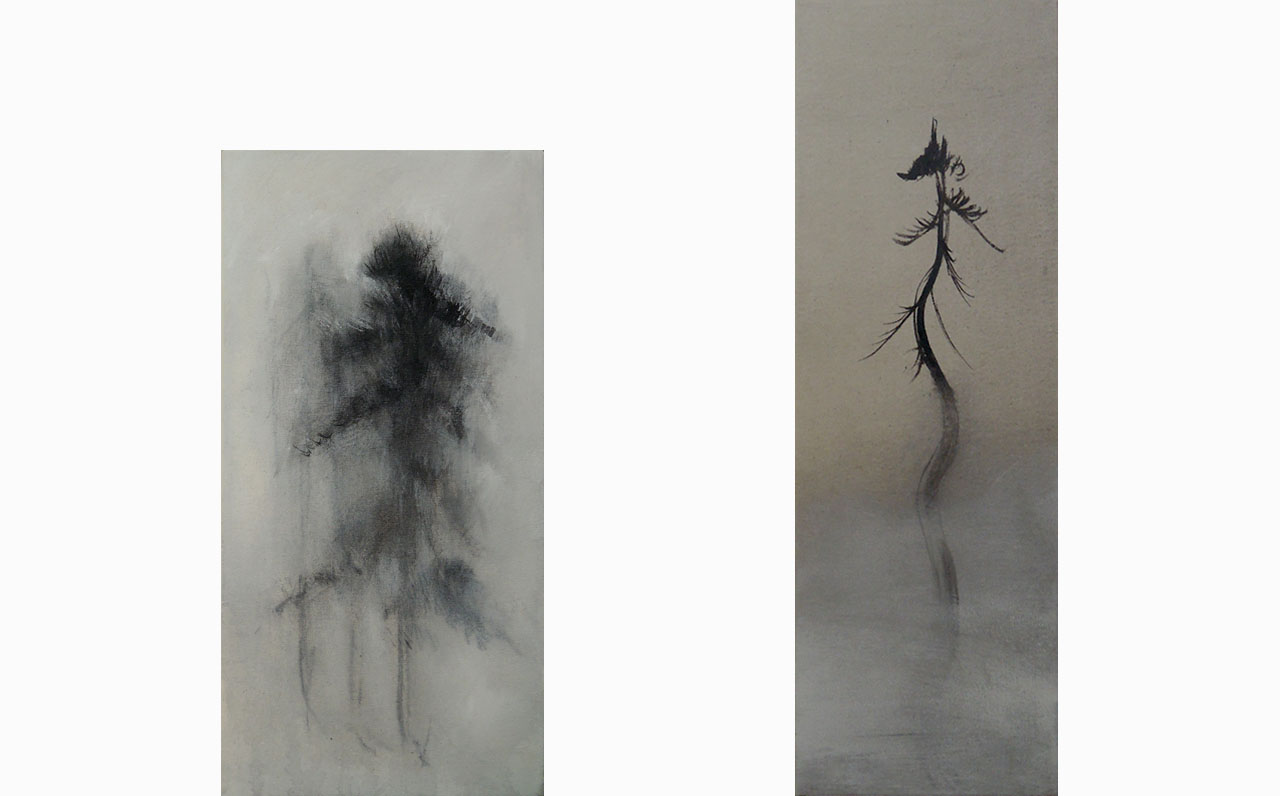
I show psychological mutation from the perspective of traditional Japanese theater, painting, literature, Buddhism, Shintoism, and aesthetics of nature, as an abstract figuration of purity and detachment from worldly desires, and because it was an important motif in classical Japanese painting. Reinterpreting the Pine Trees Screen (Shōrin-zu byōbu) by Japanese painter Hasegawa Tōhaku (1539-1610), I paint a contemporary image of a deformed pine tree. It embodies the continuous need for the purification of haunted human spirits and minds.
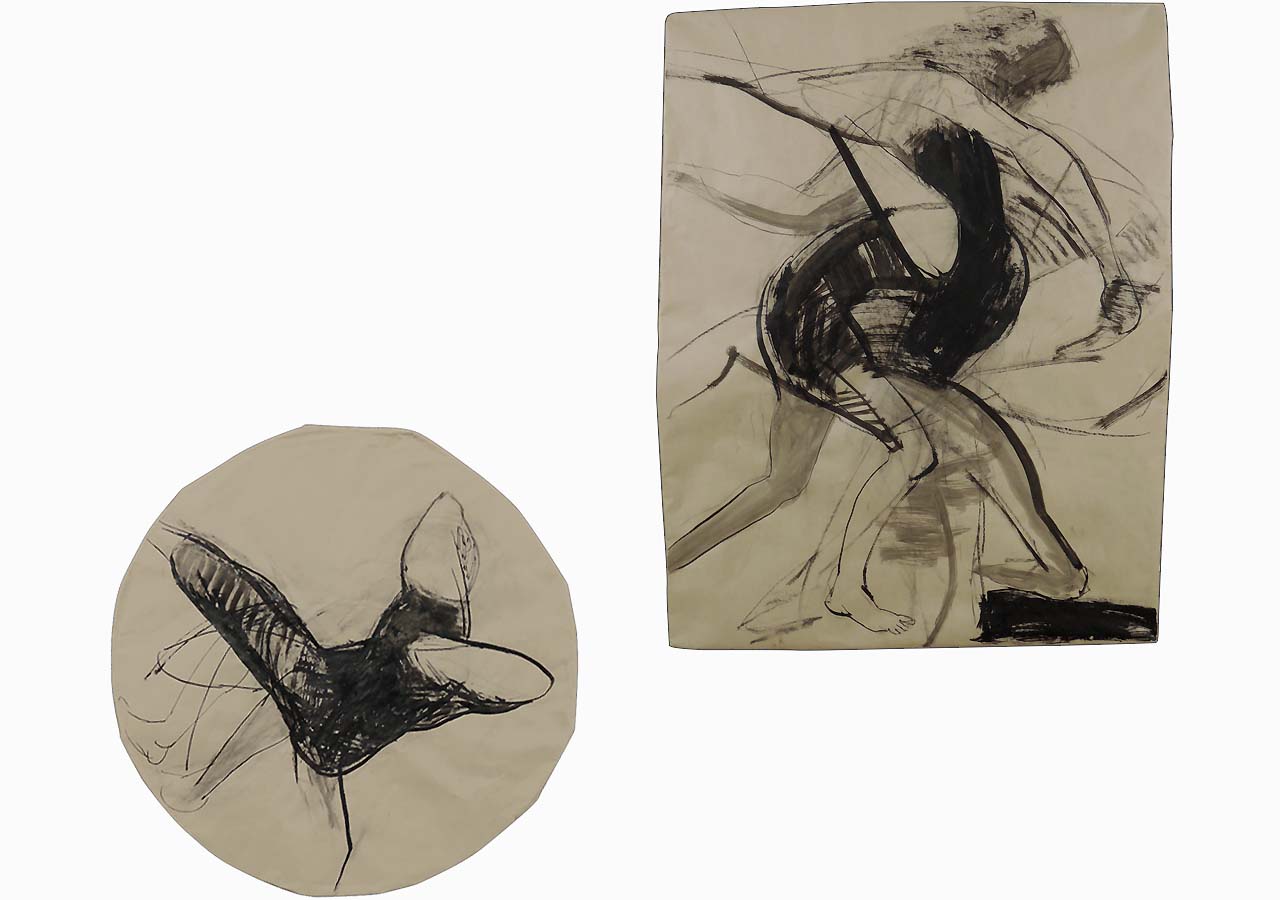
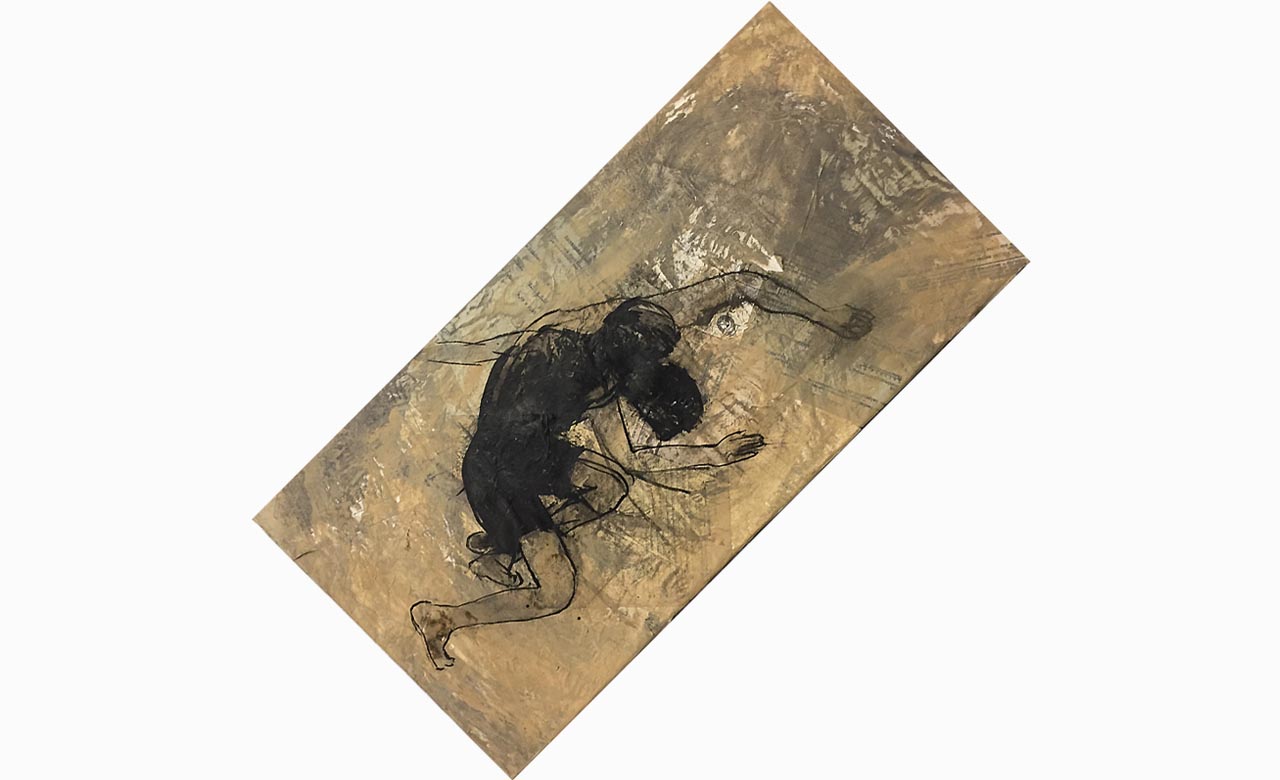
Through the idea of rehabilitation, these artworks came from reusing the material from a performance titled "The Day After" (which was itself reprocessing materials from a previous exhibition). I exhibited them by referring to the idea of the "spoor" which was the title of the exhibition. Through my previous performances, I learned to conceive the body as sculpture and architecture. I drew and painted moments of mutation on damaged papers to emphasize the traces left from previous uses.
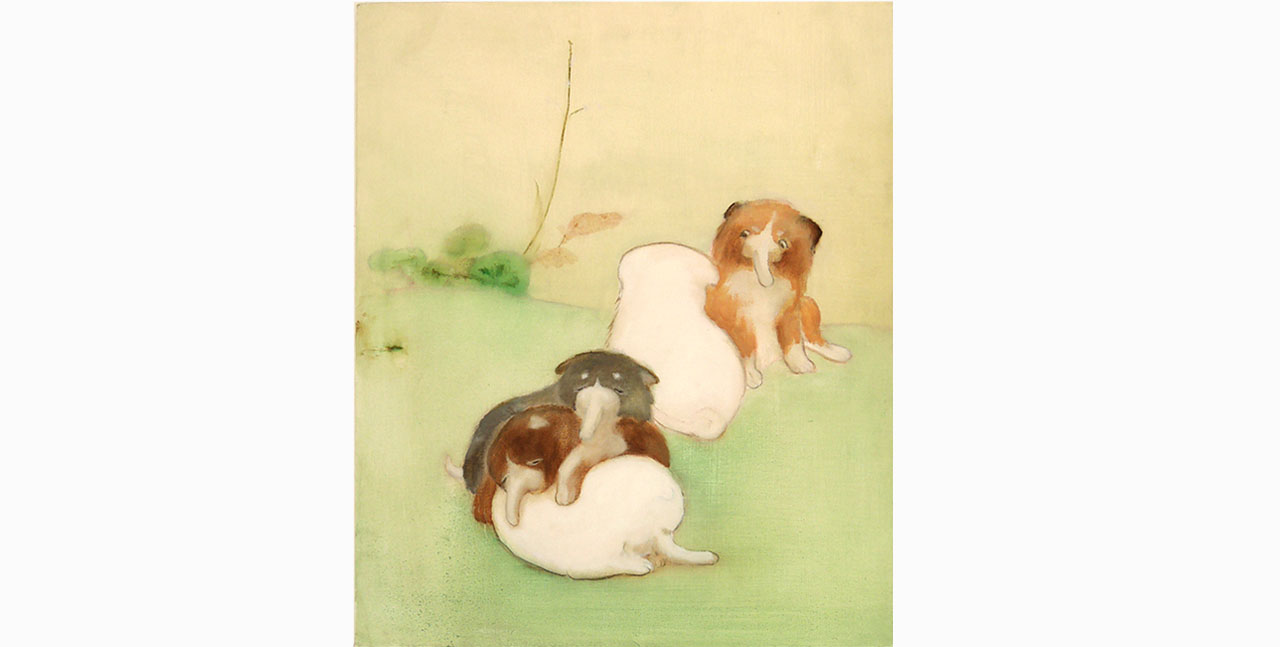
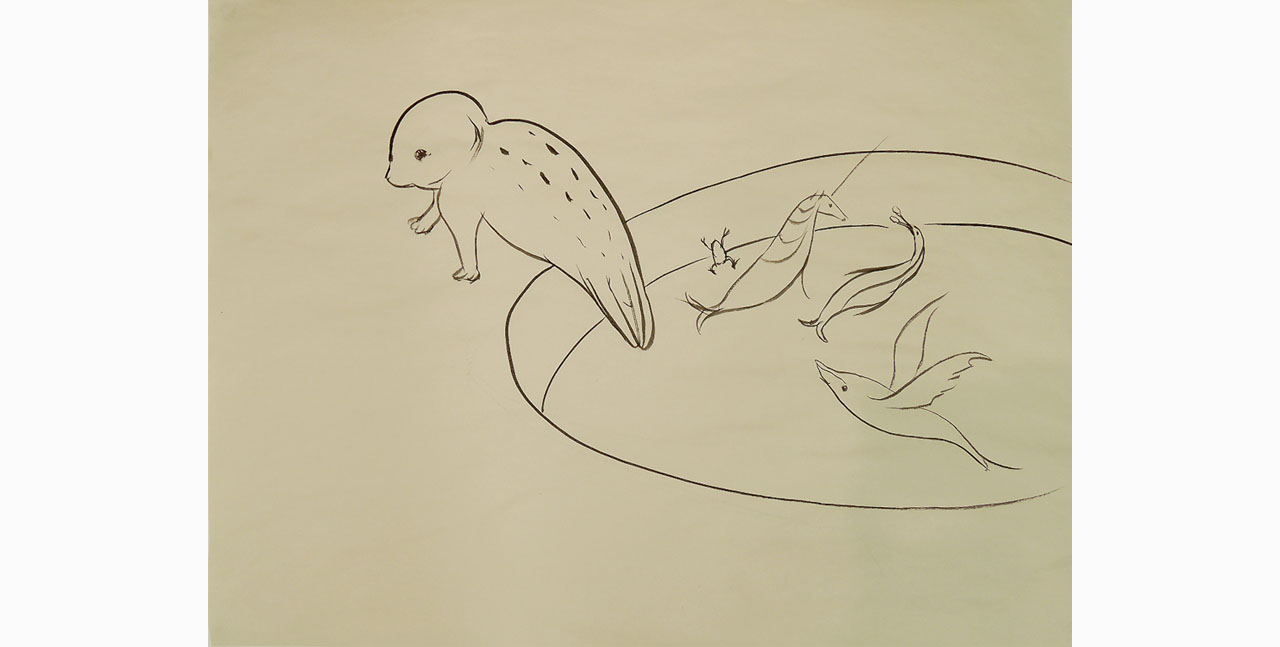
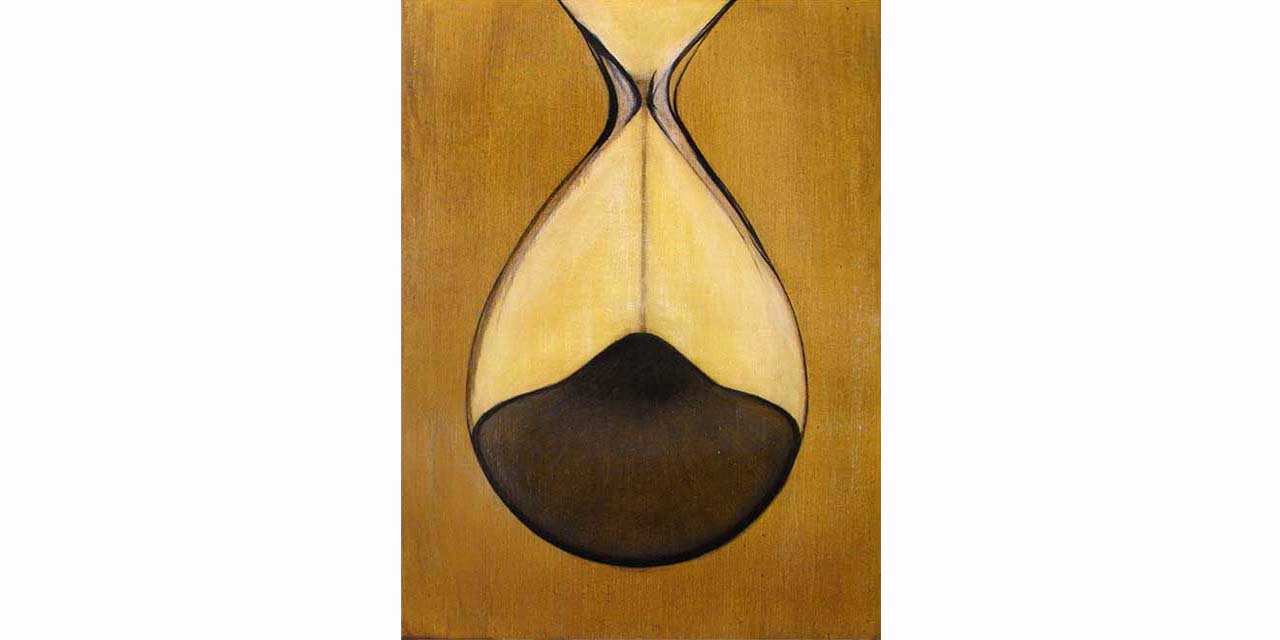



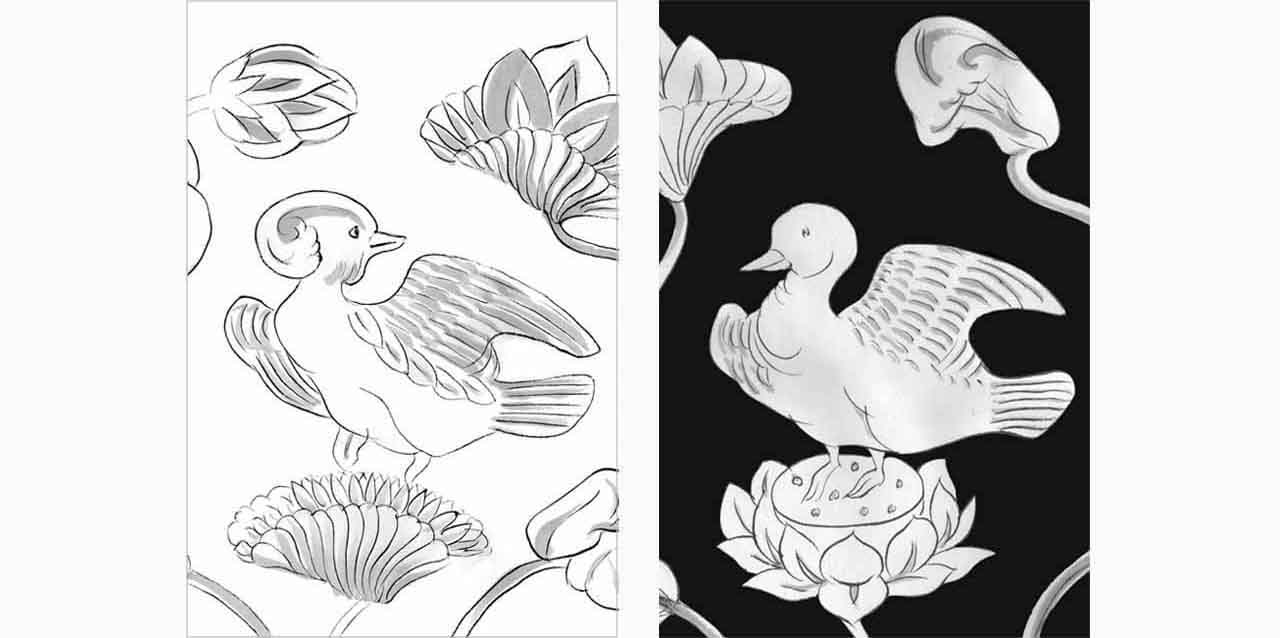
These were works part of my group exhibition in a Japanese traditional wooden townhouse during an art festival in Nara, Japan, as a way of praying for the victims of the Great East Japan Earthquake in 2011. Nara sumi (black ink), the oldest and largest production in Japan, was used with brushes, also a traditional craft of Nara, on Japanese paper. For other works, I used pieces of gold leaf. I took motifs from the treasures of the Shōsōin Repository, a Unesco World Heritage Site in Nara since I was inspired by the transnational and universal aspects of the rare items which had been preserved for about 1300 years. I contrasted the timeless connotation of the treasures to the Japanese philosophical concept of mujô, which means impermanence, transience, or a sense of the evanescence of life. Through this idea of a transient flowing time, I was seeing a conflict or gap between a spiritual state and the material reality. Connecting the past to the present, and Japan to the world, I regarded this creation as the basis of a hope to reconstruct Japan. It was my prayer for the repose of the soul so that the spirits continue to live everlastingly.